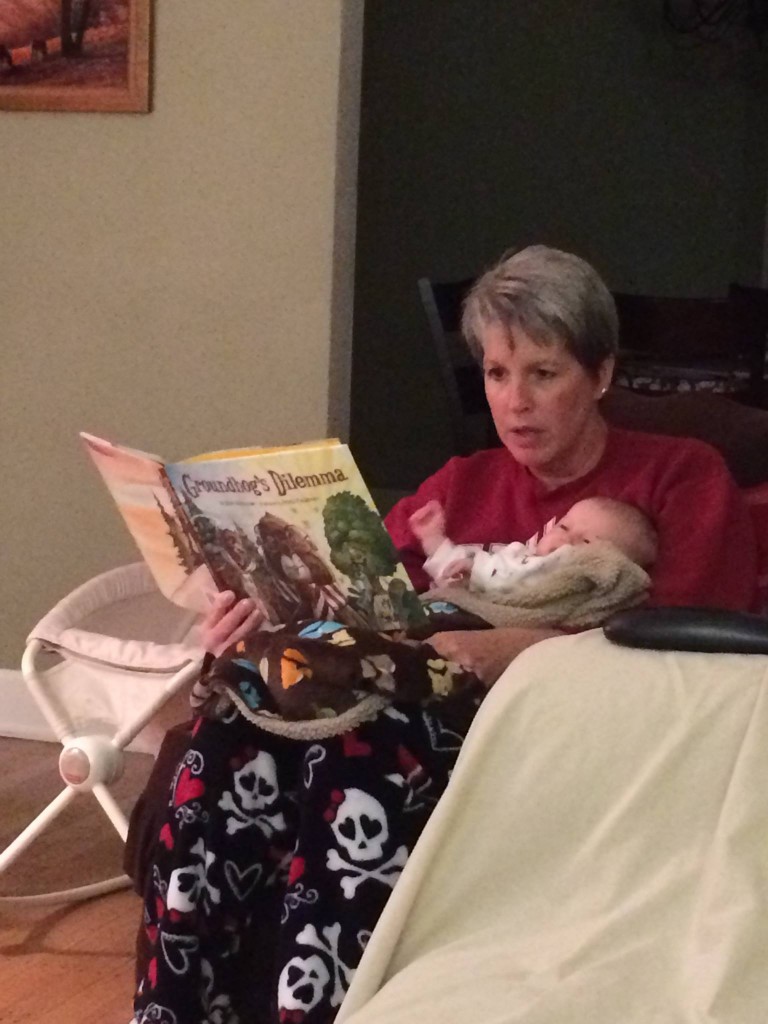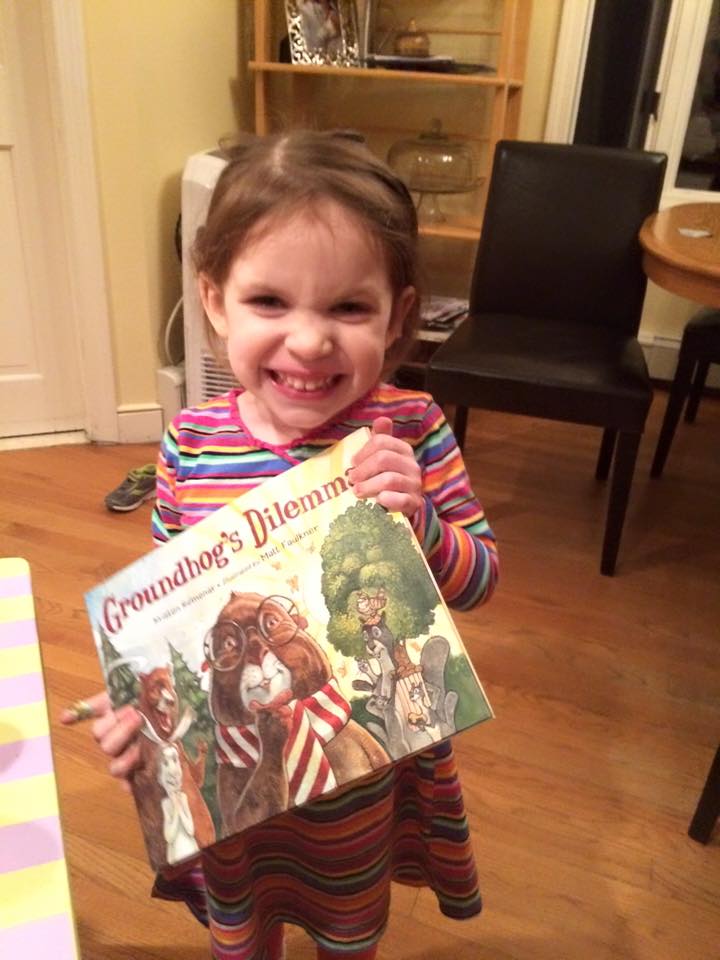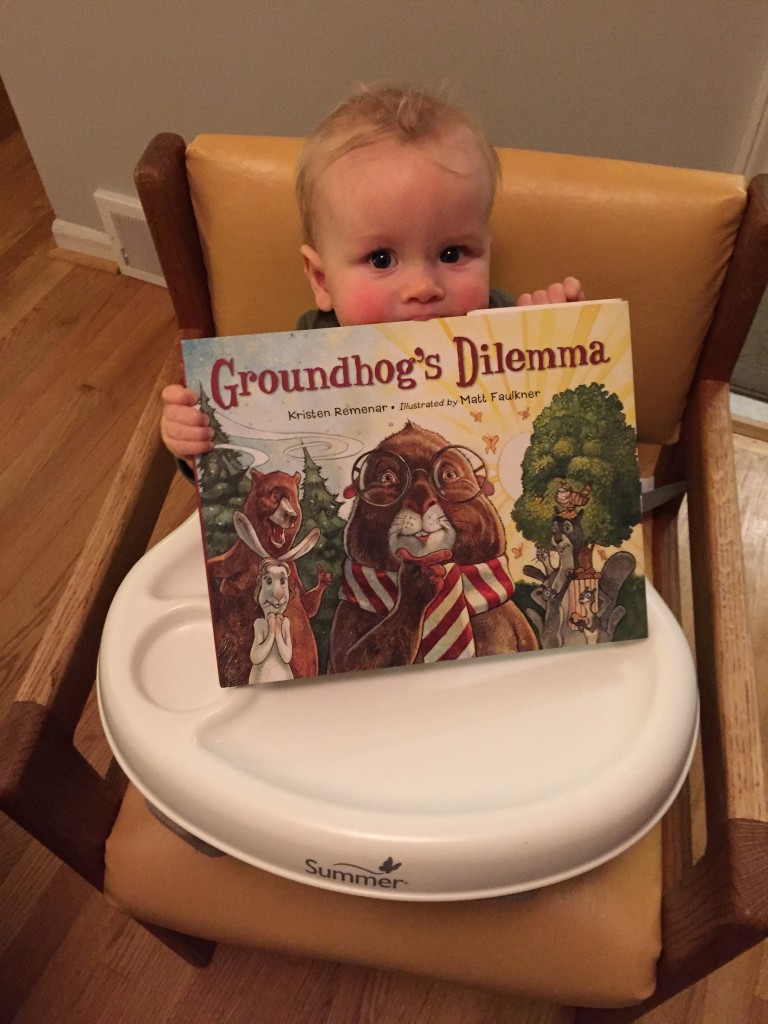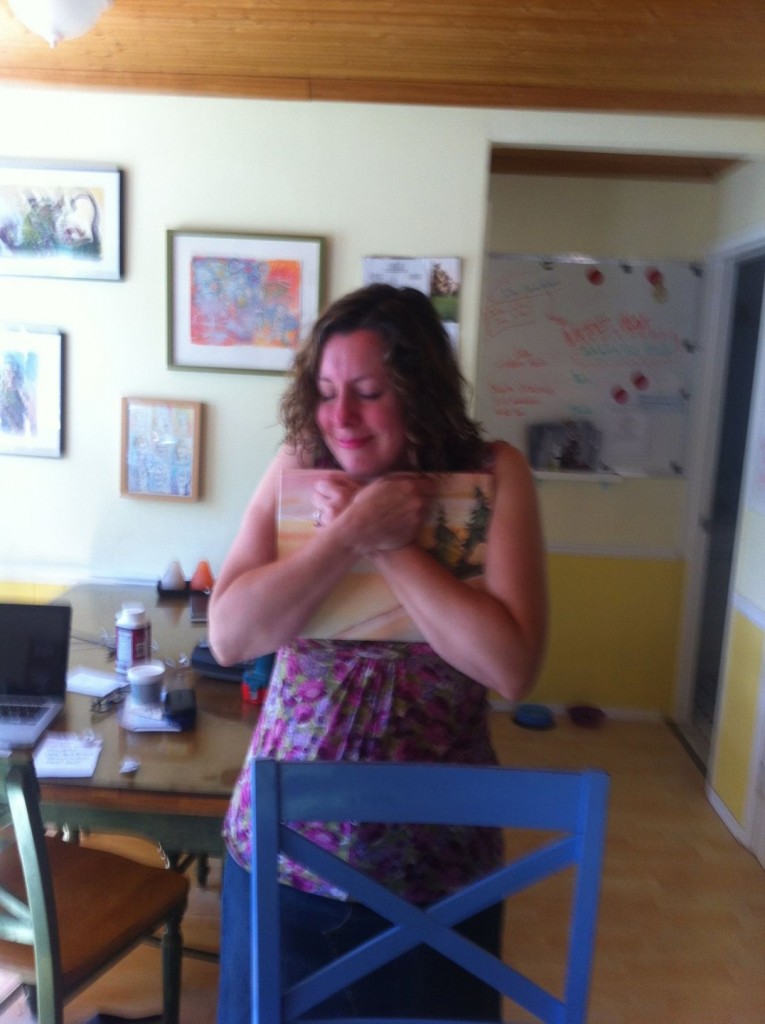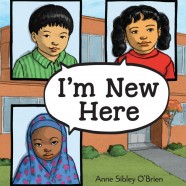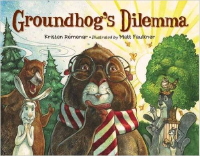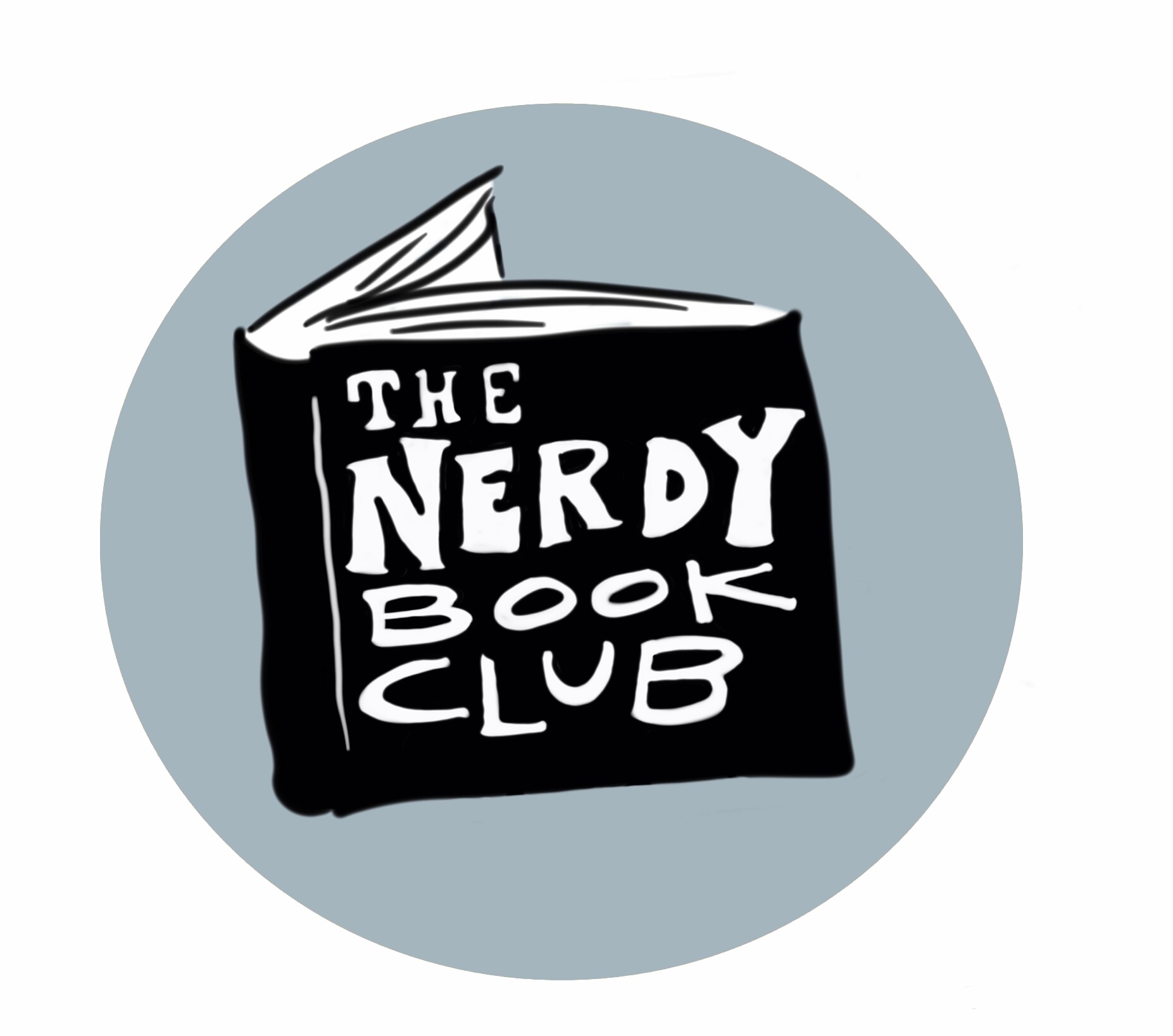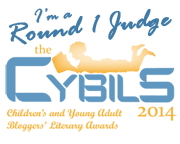It’s important: “Let’s Talk About Race”

Talking about race is hard for me, but that doesn’t let me off the hook. Racism isn’t either/or, as in I don’t shout hateful slurs therefore I’m not racist. I’m racist because I’d rather hide any prejudice I have from growing up as a white, middle-class, suburban female in America than have important conversations where I might feel uncomfortable. My silence won’t help our kids. So let’s talk about it.
Let’s Talk About Race was written by Julius Lester and illustrated by Karen Barbour. Lester, who sadly died in 2018, wrote, “I am a story. So are you. So is everyone.” He wanted kids to know that being African-American was an important part of his story, not the entirety of it. He wanted to engage kids in conversations to see our differences and our commonalities. “What is your favorite food, your religion, your favorite color, your nationality? All of these things are a part of our stories.” But, he reminds us all, “…some stories are true. Some are not. Those who say ‘MY RACE IS BETTER THAN YOUR RACE’ are telling a story that is not true.”
After you read Let’s Talk About Race with your kids, talk about race! Open up a safe conversation where students can share and ask questions. Work hard not to deny experiences, and challenge with compassion any statements that make others “less than.” And talk about all the other wonderful parts of our stories, from favorite foods to hair color to pet peeves. You can make a questionnaire based on all the elements Lester talks about for kids to answer about themselves. Then, kids can find someone who had the same answer on their list. When we help our children talk about race and equality, we help build a stronger, kinder world.
Read MoreEasy choice: GROUNDHOG’S DILEMMA!
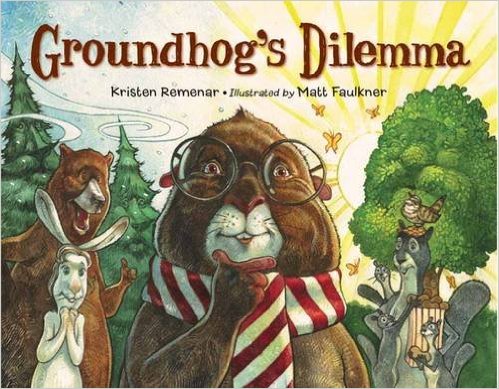
In Michigan, the only predictable thing about the weather is its unpredictability, and I bet it’s like that where you live, too. Weather makes life so hard for Groundhog in Groundhog’s Dilemma – my book!
Half of Groundhog’s friends want him to predict an early spring, and the other half want a longer winter. Groundhog wants to please everyone, so when February 2nd comes, Groundhog has a dilemma: to see or not to see his shadow?
I have free printable activities for you! Just click on the book cover on the right side of this page. You can use the fun facts sheet for informational reading and as a springboard for animal research projects. Because the characters in this book have strong opinions and are trying to persuade our hero Groundhog (who is not immune to the lures of membership on a team or blueberry pie), use Groundhog’s Dilemma as a prompt for writing an opinion piece. Students can write a persuasive letter to Groundhog. Kids who send letters to Groundhog via my email will receive responses!
February 2nd is my birthday so Groundhog Day has always been my favorite holiday. I hope you enjoy it as much as these kiddos do!
Less “tizzy-busy”, more joy!
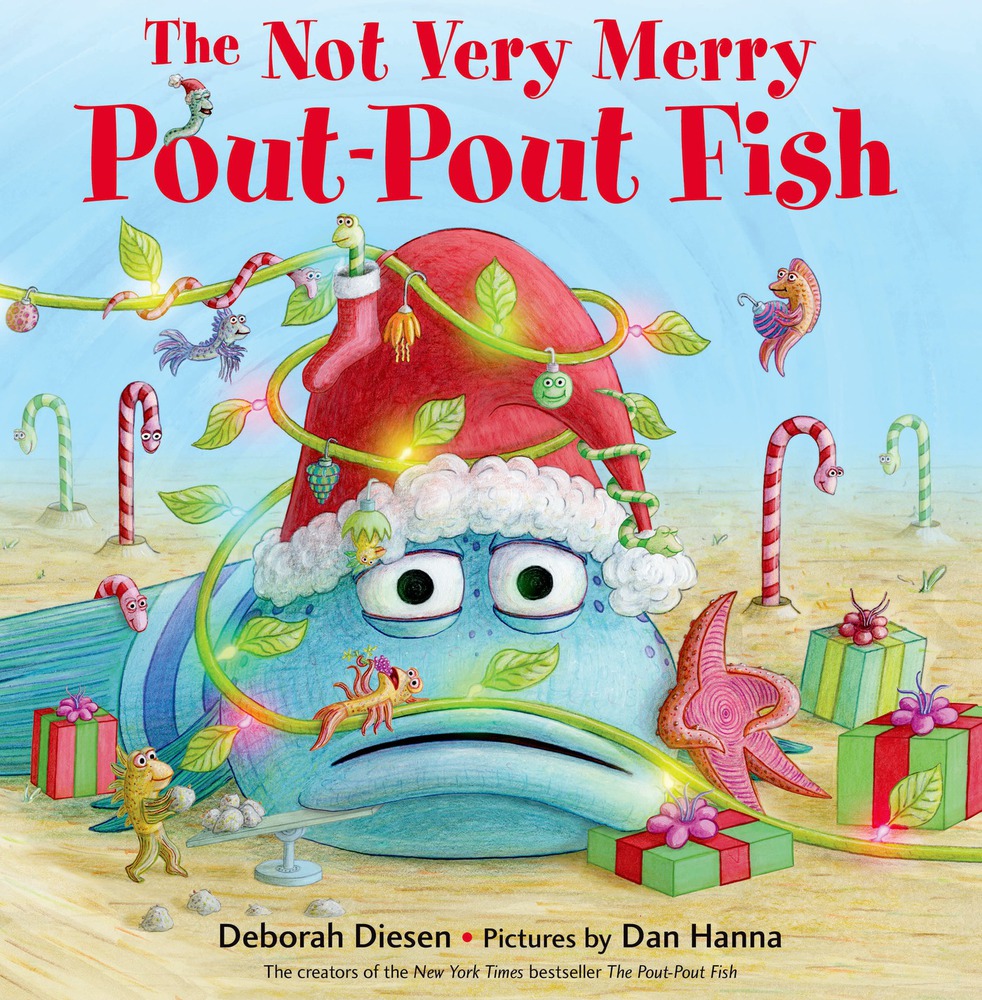
Pout-Pout Fish fans, this is the just-right book for the holiday season! The Not Very Merry Pout-Pout Fish is a wonderful addition to The Pout-Pout Fish series.
Mr. Fish feels caught up in the “tizzy-busy” rush to find the perfect gifts.
“… a gift should have meaning,
Plus a bit of bling-zing,
So I’ll shop till I drop
For each just-right thing!”
The repetition of these lines not only supports our early readers, it completely captures the overwhelmed feeling many of us get. When Mr. Fish has shopped until he’s plopped, Miss Shimmer helps him make wonderful gifts. Most importantly, they enjoy their time with their fishy friends.
Let’s scale back this season. Share The Not Very Merry Pout-Pout Fish with your kiddos, and talk about what you can make and do instead of buy. I wish you all oceans of joy and contentment this year! Find more fishy fun at www.poutpoutfish.com.
Read More“One Family” is one you need for Thanksgiving!
Thanksgiving is my favorite holiday, but it’s a challenge to find Thanksgiving picture books that connect with kids (I find many “pilgrim and Indian” books that are cringeworthy with stereotypes). This year, I’m focusing on the “thanks” in Thanksgiving and sharing One Family by George Shannon with pictures by Blanca Gomez.
The simple counting book is elevated here to show the beauty of what a family can be.
Counting up to ten, we see all kinds of inclusive loving groups: two dads and their daughter (all with different shades of skin), grandparents and kids, a family where the dad and his sons are wearing turbans, a mix of adults and kids where it’s not clear what the relationships are but who cares because they’re smiling and together. On the last page showing all the people we read, “One is one and everyone. One earth. One world. One family.”
Use this book to inspire your students to write and draw about their own families. To continue the counting 1 to 10 structure, students can write about what they are thankful for this holiday. Pair this with the wonderful new nonfiction book Families by Shelly Rotner and Sheila M. Kelly if you want to compare and contrast to hit the Integration of Knowledge & Ideas standard. I count you among my many blessings!
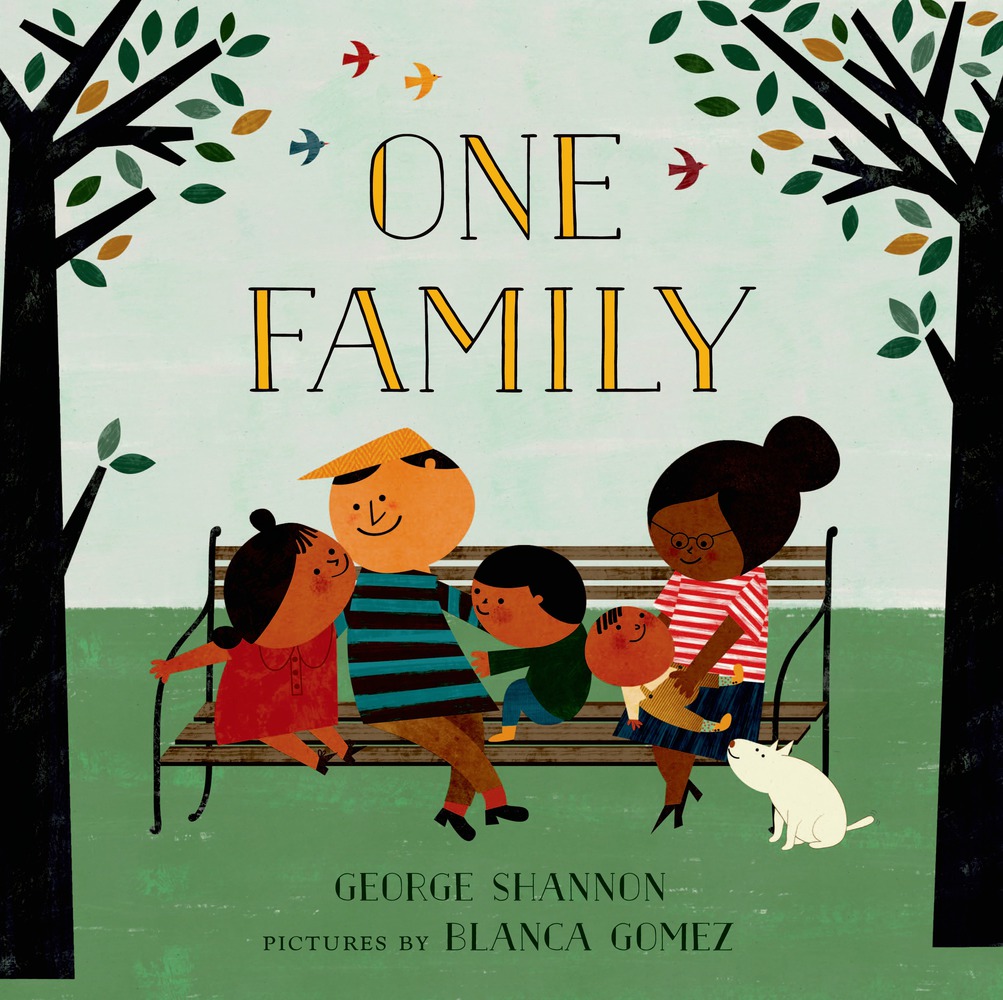
It’s allergy-safe, no cost, promotes reading = it’s the perfect Halloween treat!
Every year at Halloween, a kid (maybe your own) asks for a scary book and you think, how scary is scary for this kid? Do they like zombies, or are carrots that eat bunnies more their speed? Trick or Reaters will help you find just the right book – and give you free bonuses like audio clips of first pages to entice readers.
Trickorreaters.com is loaded with book recommendations from authors like R. L. Stine to Grace Lin to Melanie Watt. Use the Scare-O-Meter to decide how scary you want your stories to be, or select by age (from two years old to fourteen) or by genre. Want a scary story about witches for a nine-year-old? Trick or Reaters will give you book suggestions like “The Gravedigger’s Son” by Patrick Moody, treat you with an audio clip, a book excerpt, or a book trailer, and help you find the book at your local library or bookstore.
Print fun flyers from the website to tuck into goody bags or to hand out on Halloween night, and use Trick or Reaters all year long to find books that are the exact right amount of scary!
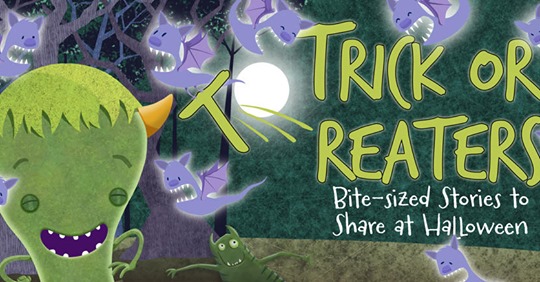
How-To Poems and My Love of Hedgehogs
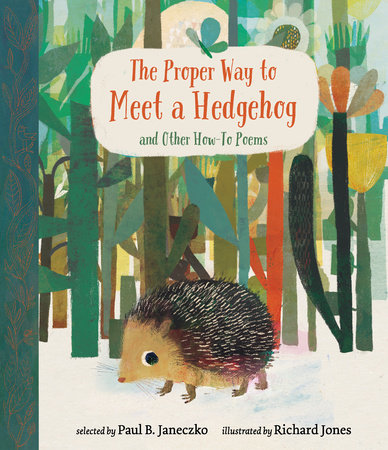
How-to poems are an easy introduction to poetry, to nonfiction, and to writing what you know. This book of poems selected by Paul B. Janeczko and illustrated by Richard Jones has such a wide range of topics that all your students will find at least one poem that they love. My favorites are “Toasting Marshmallows” by Marilyn Singer and “How to Scare Monsters” by Rebecca Kai Dotlich.
This book was given to me by fellow librarian Linda Pannuto because my storytimes always began and ended with Barb the Hedgehog. (She can curl up into a ball when she is shy.) And look at what Barb and I now have! Honey Hedgehog Cookies from Trader Joe’s AND a hedgehog purse! I’m all prickly with excitement!
Share “The Proper Way to Meet a Hedgehog and Other How-To Poems” and have students write an informational poem about what they know how to do. Share Honey Hedgehog Cookies while they write and get your own Folkmanis hedgehog puppet to share. Hands off the purse, though. That beauty is mine.
(Shout out to Lisa Wheeler and Janie Bynum for their book, “Porcupining: A Prickly Love Story” from which I stole Barb’s name. You two are sharp.)

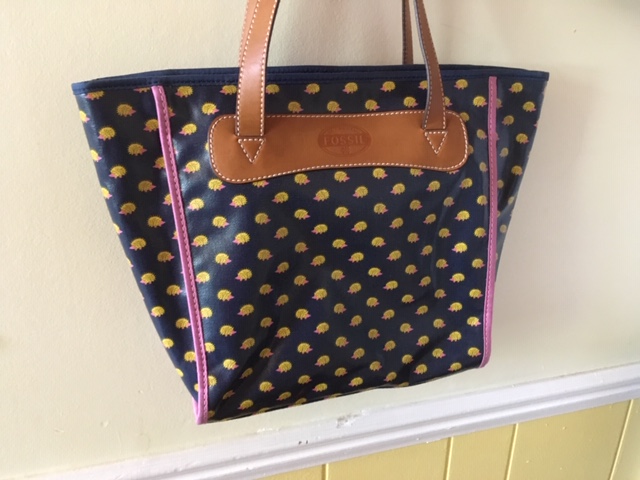
Start your new year off with compassion
This is a post I’ve shared before but I think it’s more important than ever to make your classroom a place of acceptance and compassion from day one.
It’s September, the start of a new school year. I have no apples for you teachers, but I do have the perfect back-to-school picture book to teach empathy and point of view: I’m New Here by Anne Sibley O’Brien.
Maria, Jin, and Fatimah are new to their schools and to the United States. Through their stories, we get a glimpse of what it’s like to hear a new language, to see a new alphabet, and to try to pick up a new set of classroom expectations. “Back home… I knew just what to do.” All of your students can relate to the unsettled feeling of a first day in a new classroom. With I’m New Here, you can expand upon that feeling to help your students empathize with people who are new to our country. I love that Anne Sibley O’Brien not only shows what it’s like to be an immigrant, but how we all learn from each other. On one page, O’Brien writes from Jin’s point of view, “I am learning from others. And they are learning from me.” Jin asks a little boy, “How to spell cloud?” The boy responds, “C-L-O-U-D.” Jin holds up a piece of paper with Korean characters on it. “This is cloud in Korean.” “Cool.”
Michelle A., a gifted kindergarten teacher of English as a Second Language students and a remarkable friend, told me about Step Inside thinking. After you’ve read through the book, ask your students to “step inside” a character and imagine that they are Maria, Jin, or Fatimah. Students can write and draw from the perspective of the character, describing what was a challenge and what helped. You can turn this book into a readers’ theater script for students to perform, or have students take on the roles in an impromptu performance as you reread the book. As a class, you can talk and write about what you all can do to help a new student feel welcome. Whether or not you gain a new student during the year, all of your students will gain a wider, more empathetic perspective from I’m New Here.
Read More



